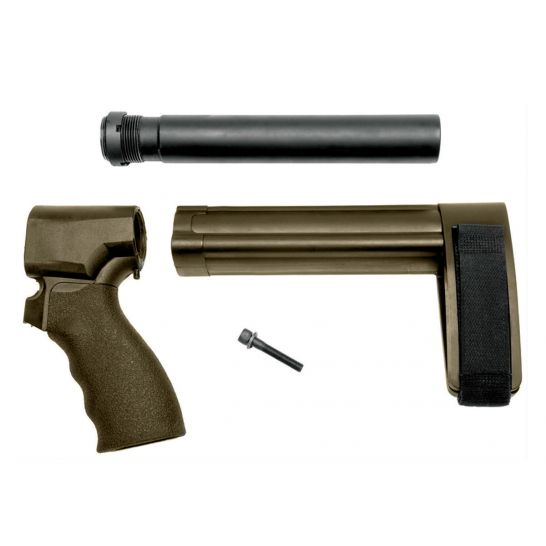
The evolution of tactical gun accessories represents a fascinating journey through history, driven by the dual engines of innovation and necessity. As firearms have evolved, so have the tools and devices designed to enhance their functionality, accuracy, and safety. Here we delve into the historical progression of these accessories, the impact of technological advancements, and the implications for both military and civilian use.
Historical Overview
The history of tactical gun accessories is as old as firearms themselves, beginning with simple additions aimed at improving the accuracy, rate of fire, and reliability of early weapons. In the 16th century, the matchlock musket’s slow match was a rudimentary accessory that allowed for easier ignition of the gunpowder. This innovation was followed by the flintlock mechanism in the 17th century, which significantly improved reliability and speed of fire.
The 19th century saw the advent of the percussion cap, which was a leap forward in firearm ignition technology. This era also witnessed the introduction of rifling within gun barrels, a modification that greatly enhanced accuracy by imparting a spin to the bullet. Sights, initially simple iron sights and later more advanced telescopic sights, began to be added to firearms to aid in targeting.
World Wars and Modernization
The World Wars were periods of intense innovation in firearms and their accessories. The necessity of trench warfare and the dynamics of global conflict spurred the development of accessories like bayonets for close quarters and the bipod for improved stability during long-range fire. Magazine extensions and quick-reload mechanisms became critical as the rate of fire and the volume of fire became tactical determinants.
Post-World War II, the Cold War era catalyzed the modernization of tactical accessories in response to the arms race. Night vision scopes, laser targeting systems, and suppressors were developed to enhance stealth and accuracy in covert operations. The introduction of the Picatinny rail in the 1990s represented a significant evolution, offering a standardized mounting platform for a wide range of accessories, including sights, lights, and grips.
Technological Advancements
The turn of the millennium has seen rapid technological advancements that have further revolutionized tactical gun accessories. Smart scopes that can calculate and adjust for ballistics variables in real-time, and holographic sights that improve target acquisition speed, are now common. The development of lightweight, durable materials like carbon fiber and advanced polymers has led to the production of accessories that enhance performance without compromising the firearm’s balance or maneuverability. The introduction of the SBA3 brace, a stabilizing brace that enhances the control and adaptability of firearms, especially for shooters with limited mobility, marks another milestone in the evolution of tactical accessories.
Civilian and Military Impact
The evolution of tactical gun accessories has had a profound impact on both military operations and civilian use. For the military, these advancements have increased the effectiveness, range, and safety of firearms, allowing for more precise engagement with less collateral damage. Accessories such as thermal imaging and night vision optics have changed the landscape of modern warfare, enabling operations in all lighting conditions.
In the civilian realm, tactical accessories have enhanced the shooting experience by improving the accuracy, safety, and enjoyment of recreational shooting and hunting. Moreover, they have played a critical role in personal defense, where the right accessory can make a significant difference in a life-threatening situation.
Ethical and Legal Considerations
The evolution of tactical gun accessories also brings with it ethical and legal considerations. As these accessories become more advanced, questions arise about their availability and use in civilian contexts. Regulations vary widely across different jurisdictions, reflecting the ongoing debate over safety, rights, and responsibilities.
The Future of Tactical Gun Accessories
Looking to the future, the evolution of tactical gun accessories is poised to continue at an accelerated pace, driven by advancements in materials science, miniaturization of technology, and artificial intelligence. Innovations such as integrated communication systems, augmented reality targeting, and biometric locks hold the promise of further transforming the functionality and safety of firearms.
Conclusion:
The evolution of tactical gun accessories is a testament to human ingenuity and the constant quest for improvement. From the matchlock of the 16th century to the smart scopes of the 21st, each innovation reflects a step forward in the pursuit of accuracy, efficiency, and safety. As we look forward, the continued advancement of these accessories promises to redefine the boundaries of what is possible, both on the battlefield and beyond.
